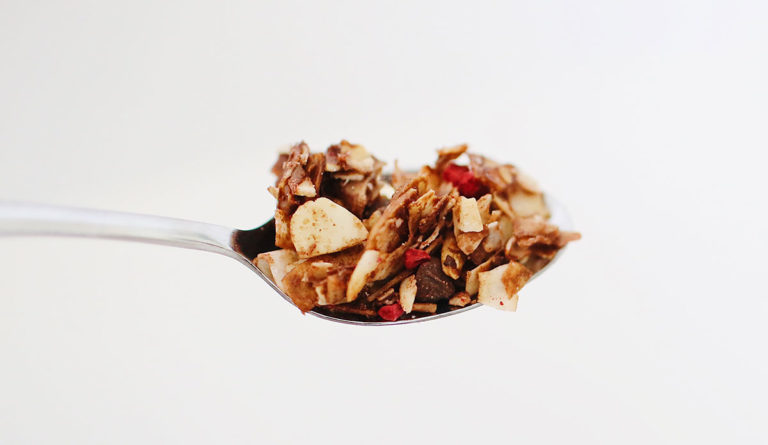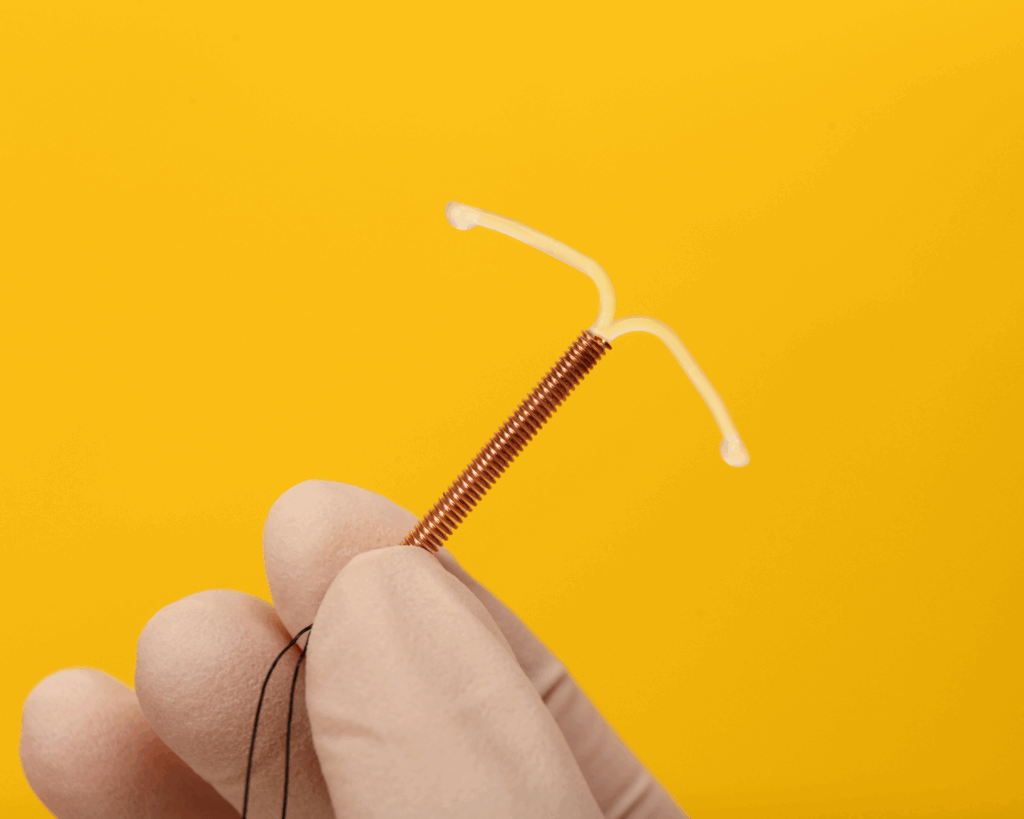WIC Helps
A new food package for the Special Supplemental Nutrition Program for Women, Infants, and Children was linked to improvements in maternal and infant health.

Read Time: 2 minutes
Published:
The Special Supplemental Nutrition Program for Women, Infants, and Children (WIC) gives federal grants to states for nutrition education, breastfeeding support, and health and social service referrals. Low-income, pregnant or post-partum women, infants, and young children are eligible. In most states, WIC recipients use electronic benefit cards, checks, or vouchers to purchase nutritious food each month. Other states deliver food directly to participants’ homes. In 2018, 6.87 million women, infants, and children received monthly WIC benefits. Research has linked the program to positive health outcomes such as increased vaccination rates among children and improved access to prenatal care.
In October of 2009, the U.S. Department of Agriculture changed the standard WIC food package to include more whole grains, fruits, vegetables, and low-fat milk. Using data from birth certificates and hospital discharge records for over 2.8 million births in California, a recent study evaluated these WIC revisions to determine if the changes led to improvements in maternal or infant health.
Ensuring that all eligible women, infants, and children access WIC during the perinatal period and critical windows of early childhood development will support the health and wellness of the next generation.
The authors found that the new food package was linked to improvements in both maternal and infant health. Mothers were less likely to exceed recommended gestational weight gain and develop preeclampsia. Babies were more likely to be appropriate weight and size. However, there were differences by race and ethnicity.
Black, Hispanic, and Asian mothers were less likely to develop gestational diabetes. For infants, Asian and Hispanic women were more likely to deliver heavier, full-term infants. Black women were more likely to have a very low birth weight infants compared to White women.
Overall, the 2009 revisions to improve the nutritional value of the WIC food package were associated with benefits in population level perinatal health in California. More than a quarter of pregnant and postpartum women in the US receive WIC. Although millions of women and children are eligible for WIC, only 50-60% participate. Ensuring that all eligible women, infants, and children access WIC during the perinatal period and critical windows of early childhood development will support the health and wellness of the next generation.
Photo by Fallon Michael on Unsplash



